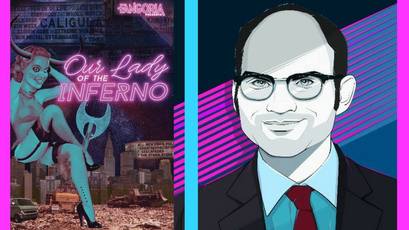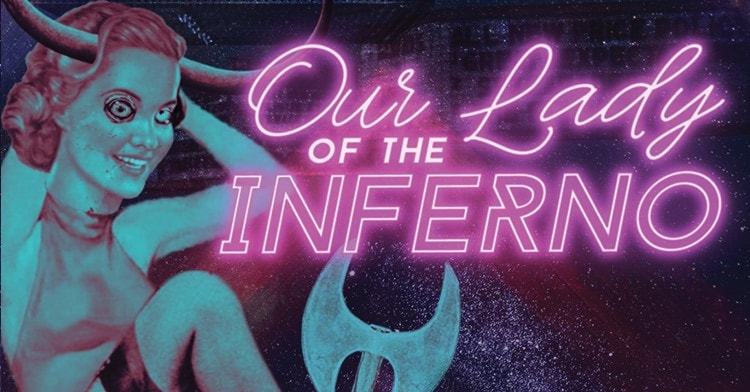An interview with Preston Fassel, author of "Our Lady of the Inferno" from Fangoria Presents!7/23/2018  This October, Fangoria is returning to stands, revamped and beefed up with 100 pages of ooey gooey horror content. But before that, September will see the launching of the new Fangoria Presents line, beginning with Fangoria contributor Preston Fassel's novel, Our Lady of the Inferno... ...Our Lady of the Inferno is a disturbing allegory of two women on a fateful collision course wrought with blood-shed and sheer terror. Taking place in the seedy streets of 1983, New York, we find Ginny, the “bottom girl” for a pimp and his prostitution ring. Not at all what you’d expect, she’s a tough, intelligent leader with a poetic soul who treats the girls that work under her like sisters. She makes it her duty to protect them, no matter what the cost. It’s that very leadership that attracts the attention of Nicolette, a ruthless killer who believes herself to be merely a vessel for a much darker, powerful force. Ginny becomes the ultimate prize for Nicolette, the buck that she must mount on her wall, so to speak. Ginny just doesn’t know it yet. Here's what Preston had to say about his neon-tinged nightmare: KHC: How did you get started with Fangoria? How did that lead to Our Lady of the Inferno being first in line for the Fangoria Presents line? You can read my review of Our Lady of the Inferno here. By Matt Konopka
0 Comments
Leave a Reply. |
Archives
March 2023
|

 RSS Feed
RSS Feed